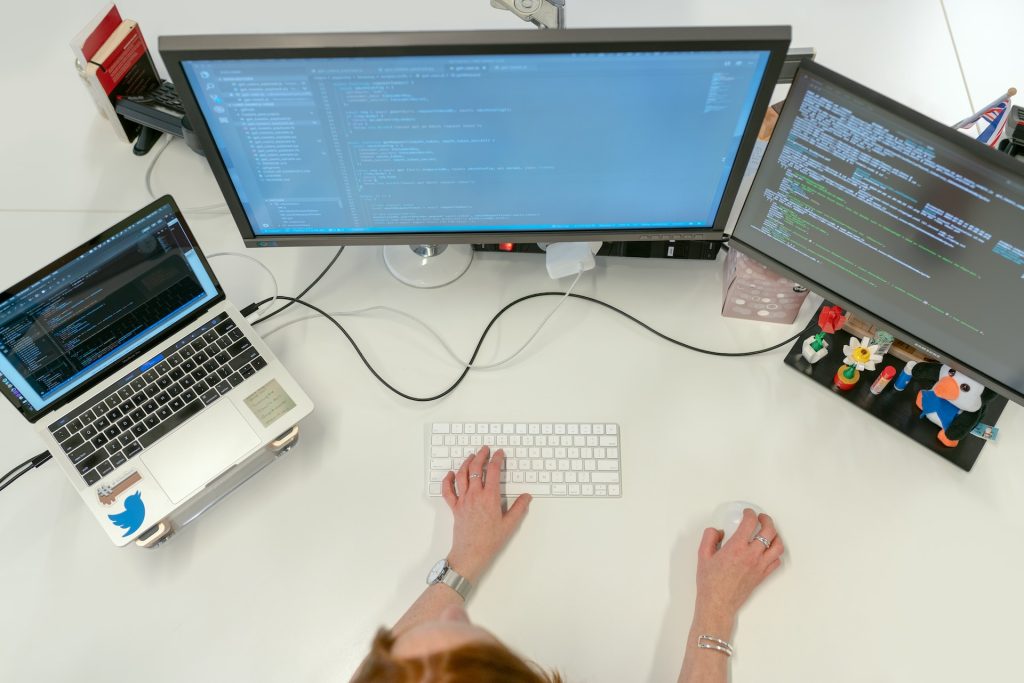There’s no doubt that you’ve seen it on job adverts, there’s no doubt that you’ve heard of PRINEC2, but what exactly is it? In today’s blog post we answer this fire burning question for you. Settle in as we reveal all….
PRINCE2, or PRojects In Controlled Environments, is a popular project management methodology and today it is used in over 150 countries. It’s a process-based approach that focuses on organisation and control throughout the entire project. No matter the project it will always start with a thorough project plan, each stage of the project is structured, and any loose ends are tied up after the project is complete.
But what is PRINCE2 project management in practice? Below we explore the underlying principles and seven-step process of this highly used and in-demand approach.
The seven principles of PRINCE2 project management
The PRINCE2 method is built on seven key principles:
- Projects must have business justification, including a clear need, defined customer, realistic benefits, and detailed cost assessment.
- Continuous learning is essential. Lessons are sought and recorded at every step in the process and used to improve future work.
- Roles and responsibilities are clearly defined, and everyone knows who is responsible for what.
- Work is planned in stages. Large scale projects are broken up into phases, with time in between to reflect on the lessons learned and ensure the project is still on track to meet its goals which are established at the start.
- Project boards establish baseline requirements for essentials within the project, such as: deadlines, cost, risk, and scope and delegate day-to-day management responsibilities to a project manager.
- Teams use a quality register to check deliverables against requirements.
- The PRINCE2 method should be adjusted to suit the specifics of each project. The amount of oversight and planning can be tailored to fit the scope, the number of people involved, etc.
The 7 phases of PRINCE2 project management
The PRINCE2 process follows the seven phases outlined below:
- Start-up: A new project request is submitted in the form of a project mandate, which defines the proposed project’s business justification. If approved, a more detailed project brief covering resources, deliverables, etc. will be created.
- Directing: The project board reviews project briefs for approval and determines what is required to execute the project.
- Initiation: The Project Manager is appointed and creates a comprehensive project plan, which will include estimates for time, cost, quality, scope, risk, and benefits. Work begins once the project board approves the plan.
- Controlling: The Project Manager breaks the project down into smaller “work packages” and assigns them to the project team to complete.
- Managing product delivery: The project manager ensures the project progresses as planned and that deliverables meet expectations as outlined. The project board evaluates completed work packages to either approve or request additional work.
- Managing stage boundaries: At the end of each stage, the project board holds a review to decide whether to continue to the next phase or abandon the project. Project Managers conduct a retrospective/ follow up with their team to record the lessons learned and improve processes for the following work stage.
- Closing: As the project is completed, the project manager completes any necessary documentation, outcomes, and reporting.
We hope this blog post has given you a deep understanding of PRINCE2 and how this methodology is applied to a project.
If you would like further information then get in touch with our team of experienced Course and Career Advisors and let us help guide you towards an exciting new career.










